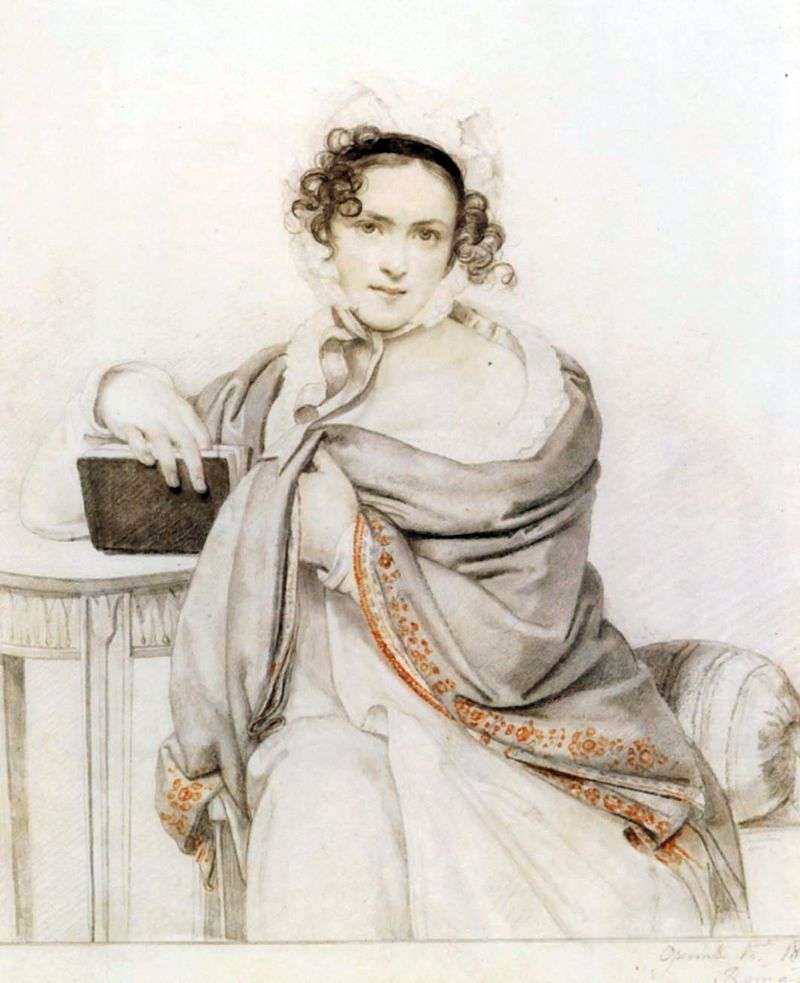
In 1798 Stepan Stepanovich Apraksin and Ekaterina Vladimirovna Golitsyna had a daughter, Sofya. Of course, nothing was regretted for her education and upbringing. The huge house of the Apaxins’ spouses in Moscow was called the “school of enlightenment”, and the home theater was almost the best. In one of the operas, among the fabulous luxury of scenic decoration, live deer roamed.
Along with the serfs, European celebrities attracted by huge fees also performed. At the premiere of the Apaxins there were the most prominent theatrical people: Gedeonov, Vyazemsky, Pushkin’s uncle, Vasily Lvovich Pushkin, who wrote light “piesses” for the Apraksin Theater and often himself recited them from the stage. And at the premiere of “Soroki-Vorovka” Rossini from the Apaxins in 1827 Alexander Pushkin will visit. At the age of 19 she was given to Alexey Grigorievich Shcherbatov, a general from the infantry, a participant in the war of 1812, marked by many awards. The widow was older than the bride for 22 years. Portrait of Sofia Shcherbatova, made by Orest Kiprensky in 1819, during the wedding trip of the couple: a thoughtful, gentle, spiritualized girl’s face. A long-term overseas trip will serve to bring together the spouses who have lived happily, despite the age difference. Sophia will become the mother of six children.
The Shcherbatovs returned to Moscow only in 1826. The salon of the young princess eventually became “the center of the entire old capital: patrimonial, secular and charitable.” In her album, Pushkin, Zhukovsky, Vyazemsky, Tyutchev, Turgenev, Gogol, Baratynsky, Mickiewicz, Liszt, Roubini, Rossini, Patti, Pauline Viardot subscribed. She was given notes and poems. Becoming the personification of the “grand dame” over the years, Sofya Stepanovna, nevertheless, did not like effeminacy and idleness. “She was very simple in her life, she liked to get up early,” we read in her memoirs. In 1835, after 28 years of military service, having had 33 battles and several serious wounds, Prince Shcherbatov retired, and in 1843 replaced his uncle’s wife, Prince Dmitry Golitsyn, as Moscow Governor-General.
When the husband took office, the first step of Sofya Stepanovna was the establishment of the society “Lady’s custody of the poor in Moscow”. And if the initiative in charity belonged to the empresses, then Sofya Stepanovna, as the first lady of the capital, set an example for the Moscow ladies. A group of energetic, enterprising women immediately united around her. In 1848, Alexey Grigoryevich Shcherbatov passed away. Sofya Stepanovna, widowed at fifty, will survive her husband for forty-eight years, to the last days retaining “mobility, activity, freshness of impressions, clarity of mind.” All the forces she will give to the education of children and – charity and compassion, the glory of which will go through Russia.
Sofya Stepanovna will create a commissar technical school, will participate in the activities of prison committees. Her brainchild will be the Nicholas community of sisters of mercy, which she organizes together with a philanthropist doctor Fedor Petrovich Haaz. She will develop a talent of compassion for people in her children. Daughter Olga will lead the shelter of Mary Magdalene for maidens of easy virtue who have decided to return to a righteous life. On the initiative of Alexander’s son, a city hospital will be opened in Moscow, where he will be the chairman of the council until the end of his life. Then the hospital will be called in his honor Shcherbatovskaya. Now it is the Rusakovo Children’s Hospital. On behalf of his brothers and sisters, Alexander will donate to Moscow a house left as a legacy from his mother, with a proposal to arrange a children’s hospital there. Of course, the hospital was named Sophia.
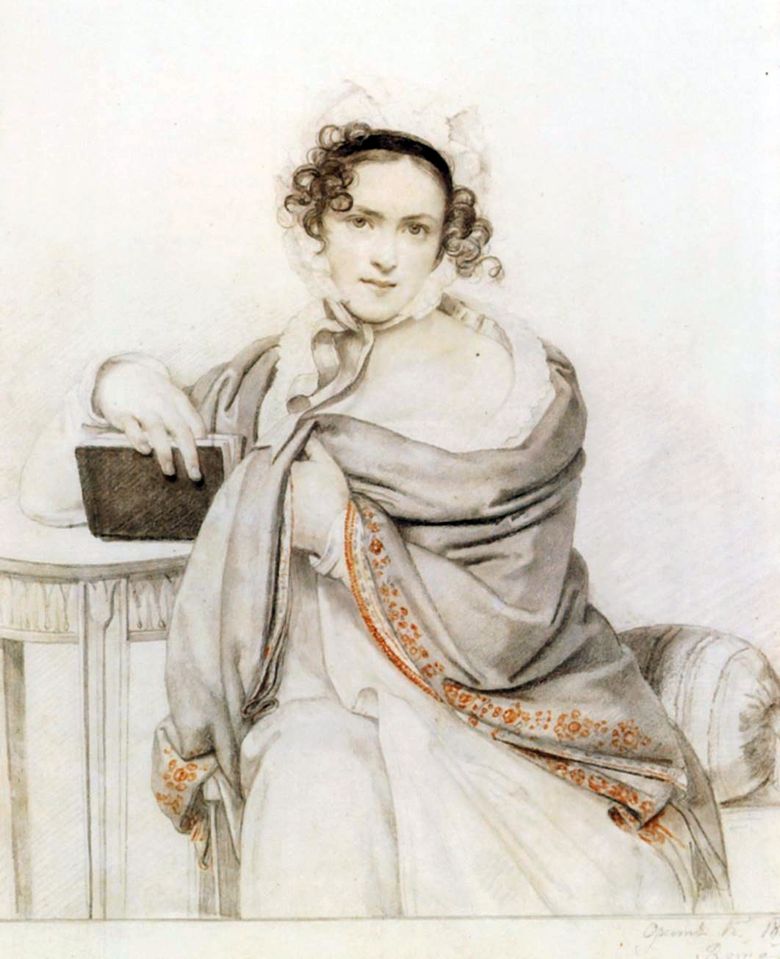 Portrait de S. S. Shcherbatova – Orest Kiprensky
Portrait de S. S. Shcherbatova – Orest Kiprensky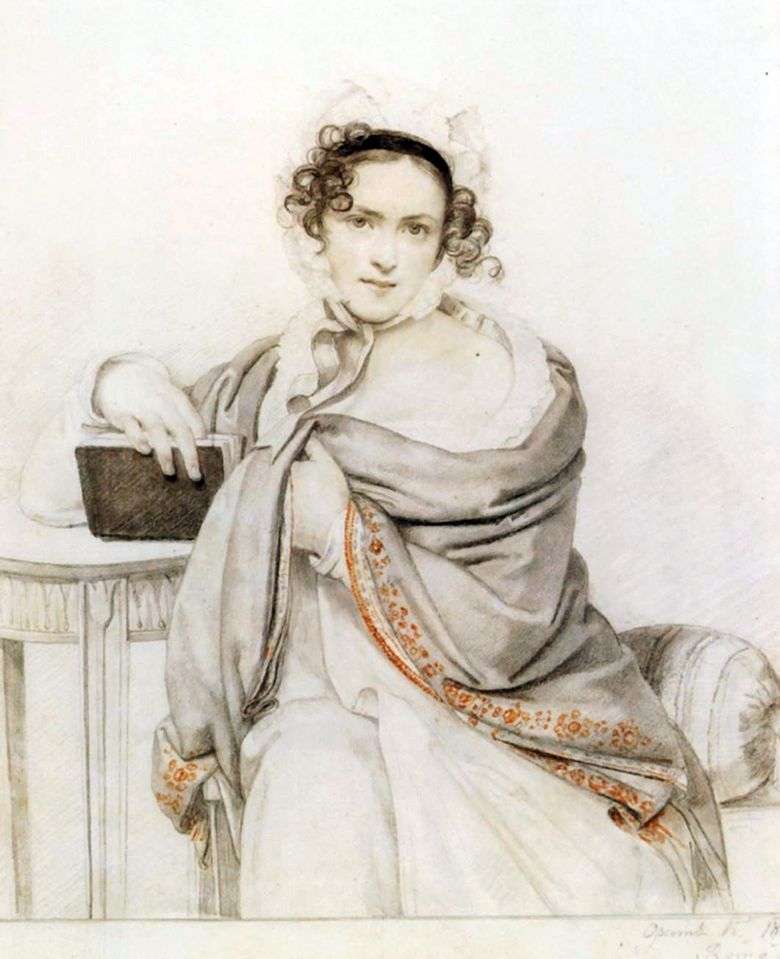 Retrato de S. S. Scherbatova – Orest Kiprensky
Retrato de S. S. Scherbatova – Orest Kiprensky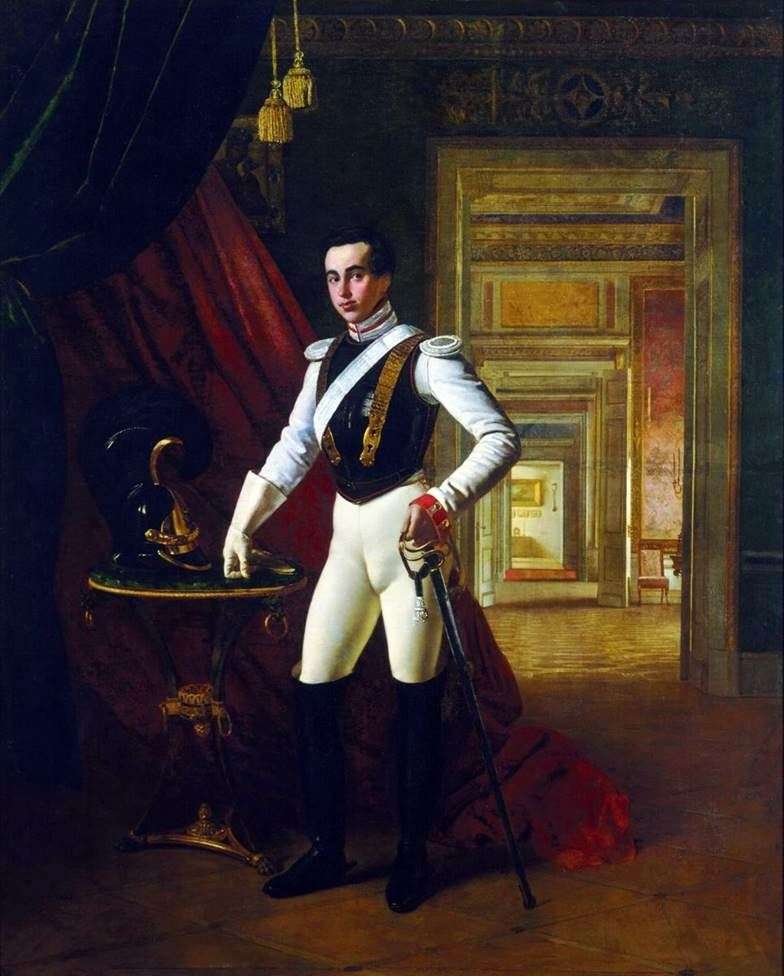 Portrait of Count N. Sheremetev by Orest of Kiprensky
Portrait of Count N. Sheremetev by Orest of Kiprensky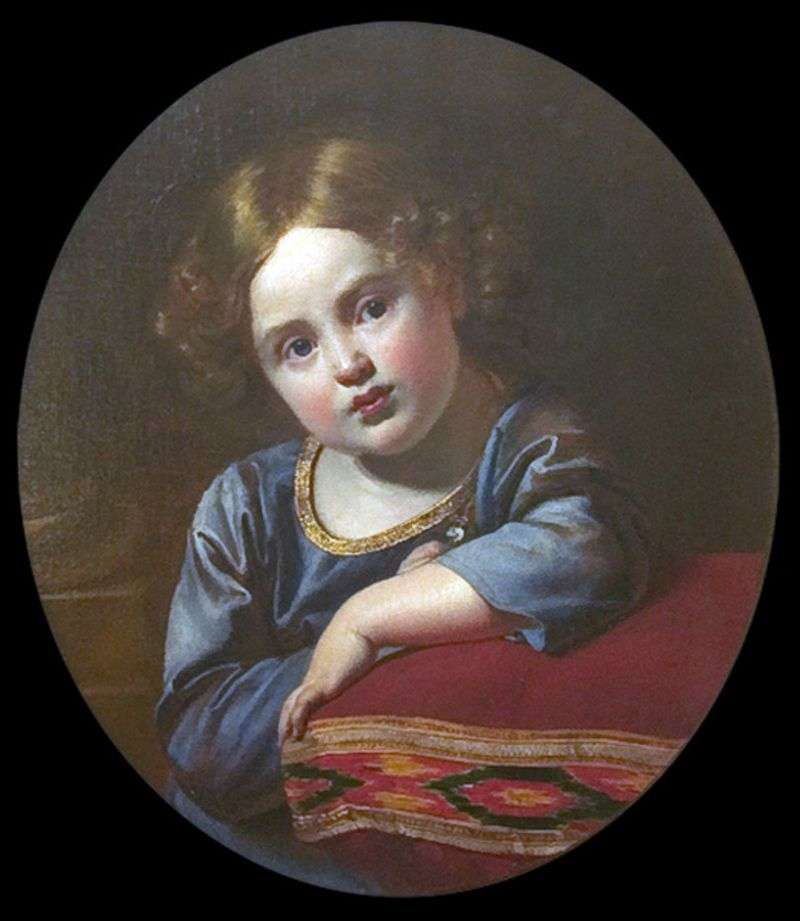 Portrait of E. G. Gagarin in his childhood by Orest Kiprensky
Portrait of E. G. Gagarin in his childhood by Orest Kiprensky Portrait of FV Rastopchin by Orest of Kiprensky
Portrait of FV Rastopchin by Orest of Kiprensky Portrait of E. P. Rastopchina by Orest of Kiprensky
Portrait of E. P. Rastopchina by Orest of Kiprensky Portrait of Anna Feodorovna Furman by Orest of Kiprensky
Portrait of Anna Feodorovna Furman by Orest of Kiprensky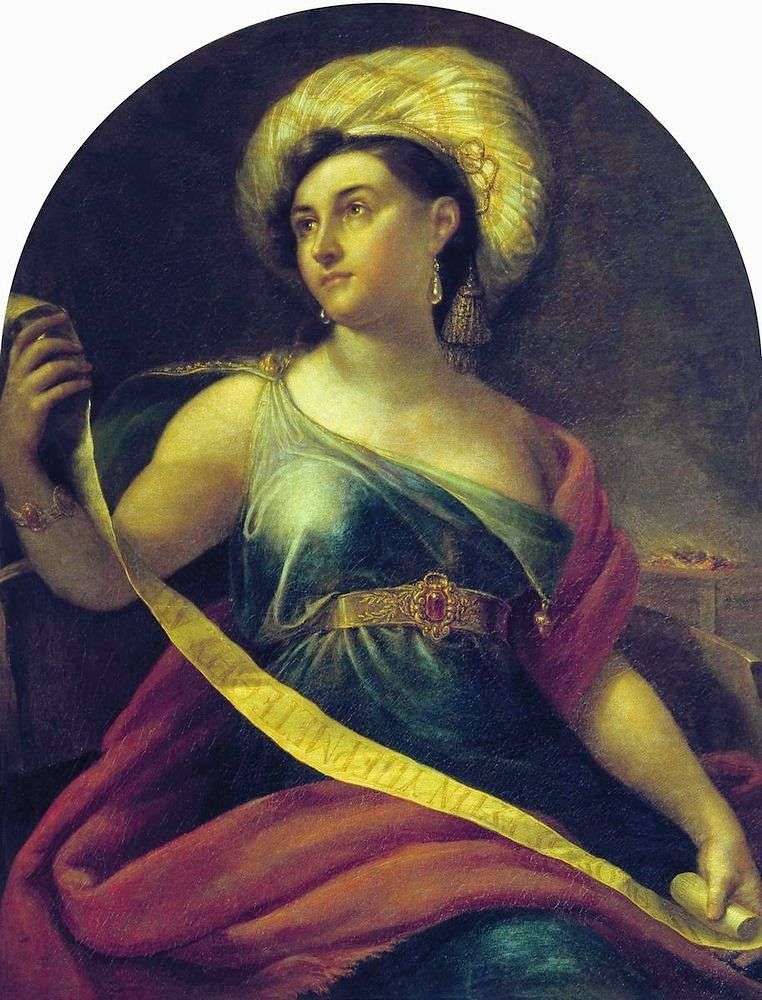 Portrait of N. S. Semenova by Orest of Kiprensky
Portrait of N. S. Semenova by Orest of Kiprensky